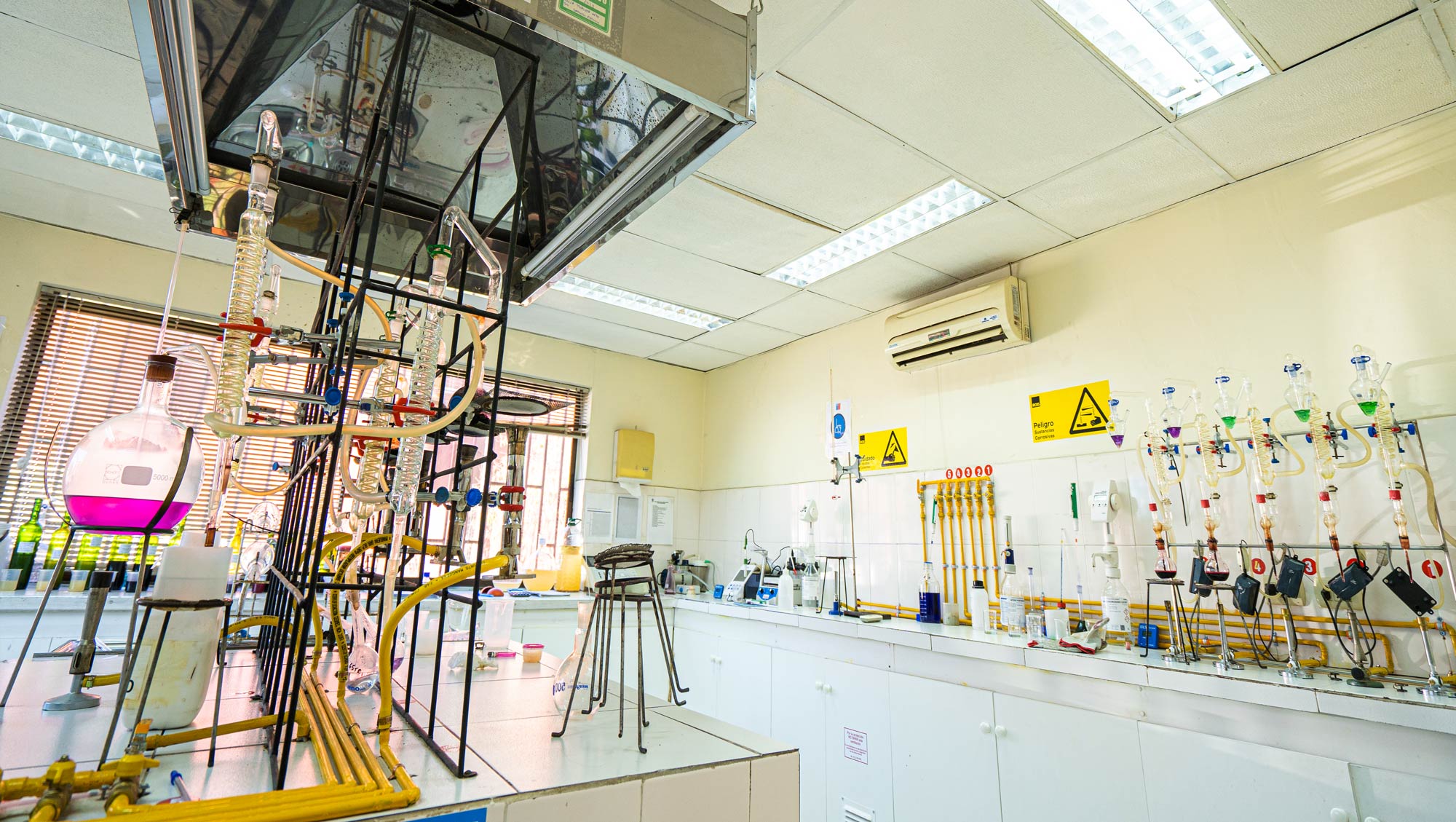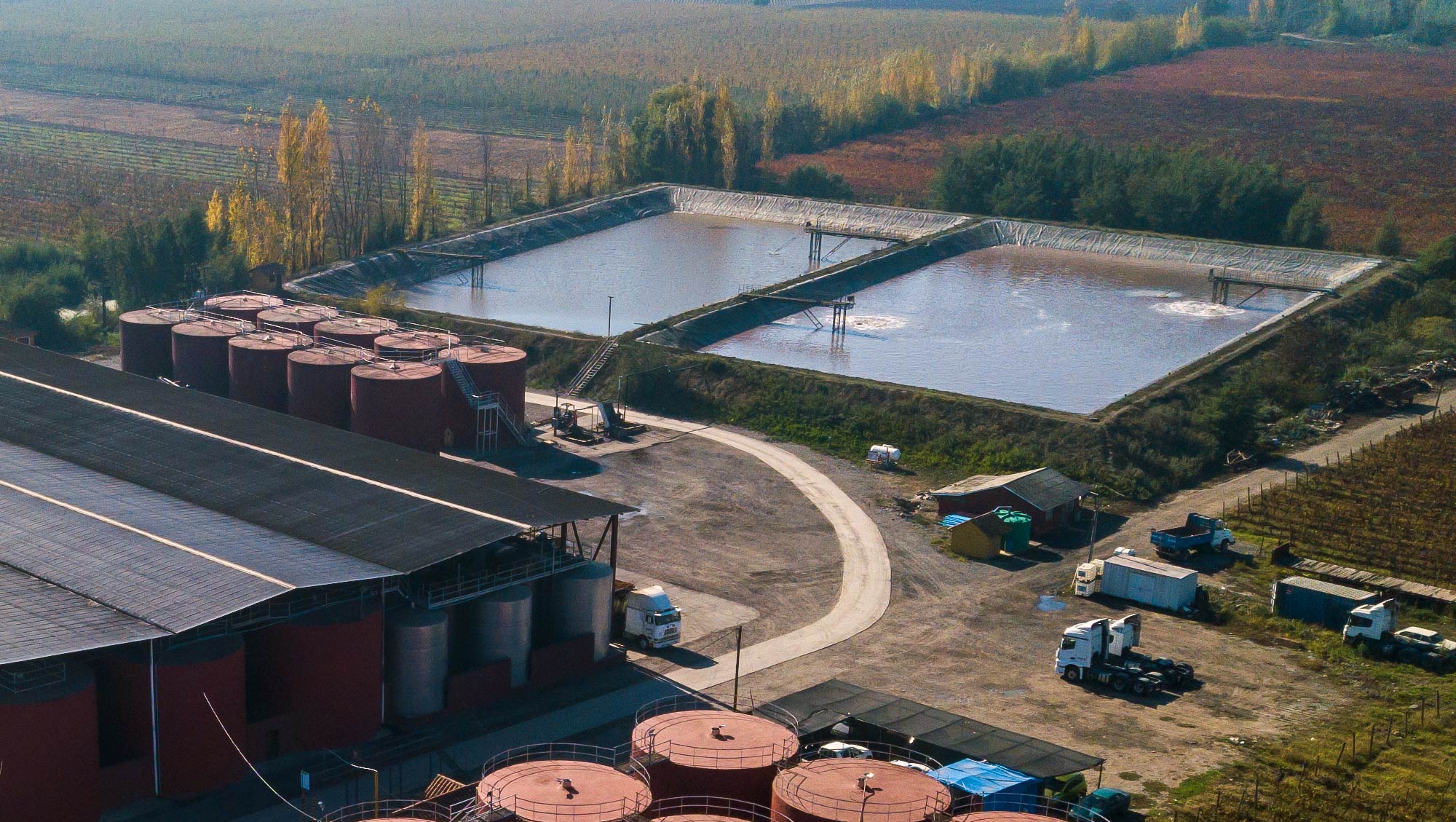Thanks to our own production of 1,200 hectares, a long relationship with producers, and our hard work in the field and in the laboratory, today we offer a high enological consistency in the main varieties.
We have a complete portfolio of product types and quality ranges, including Generic, Entry Level, Varietal and Varietal Plus.





